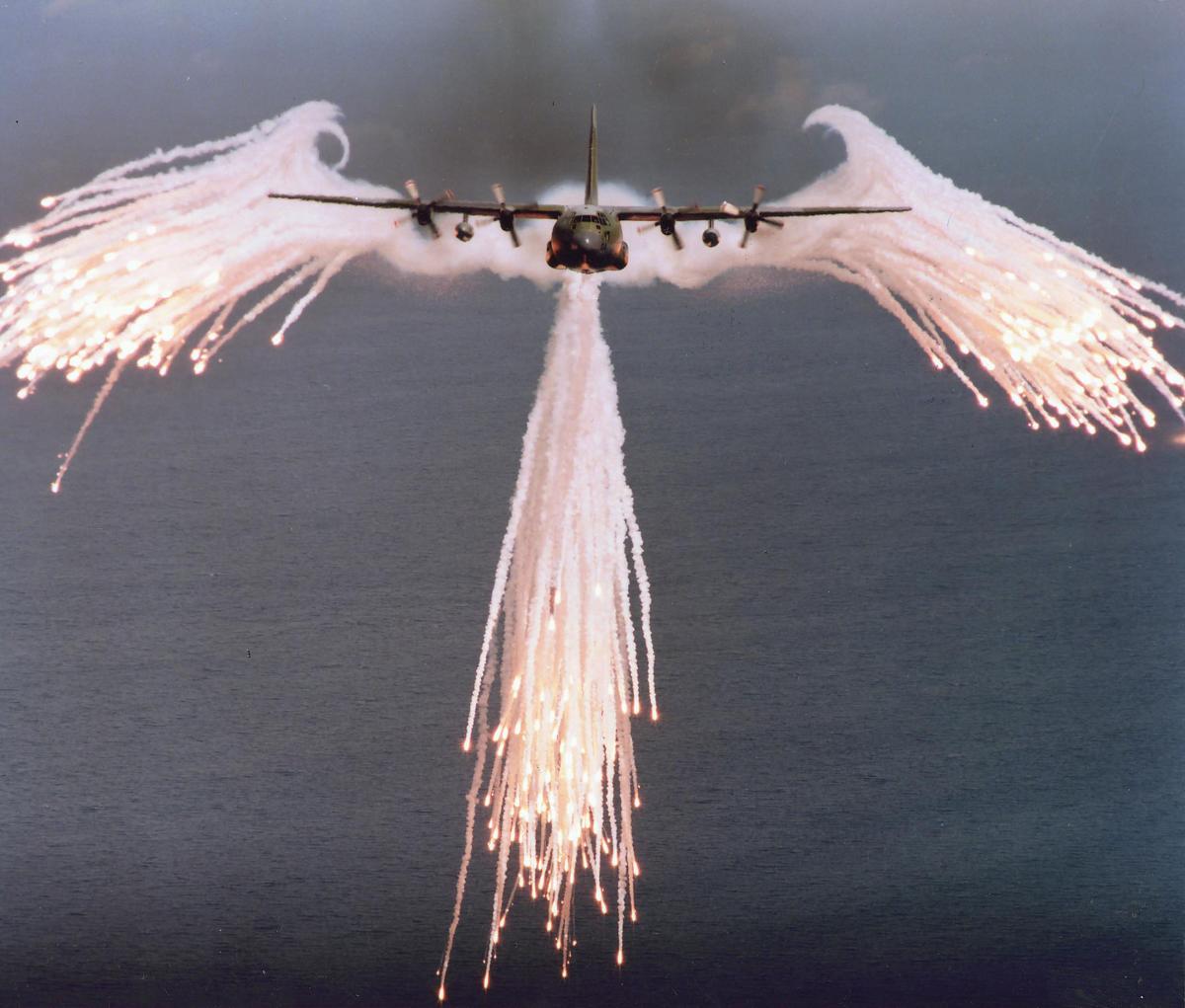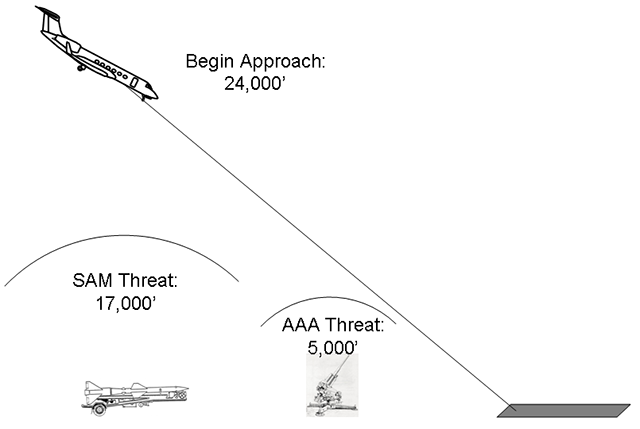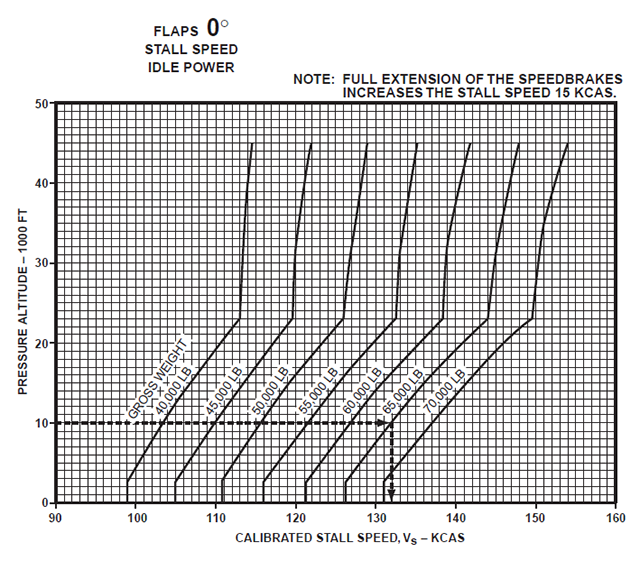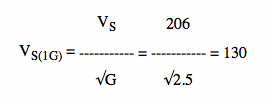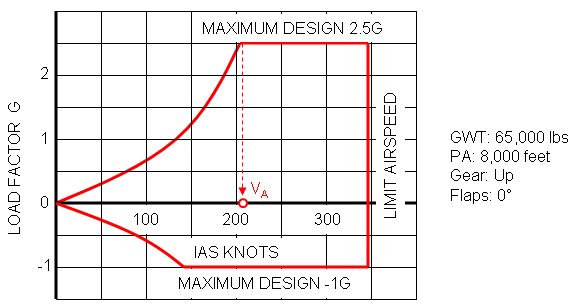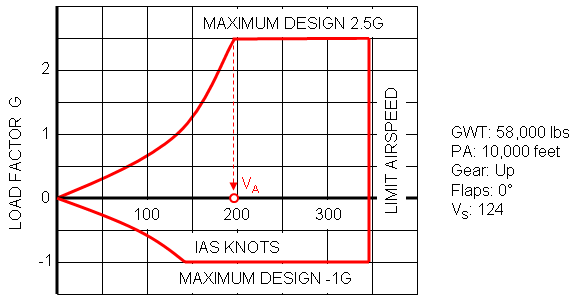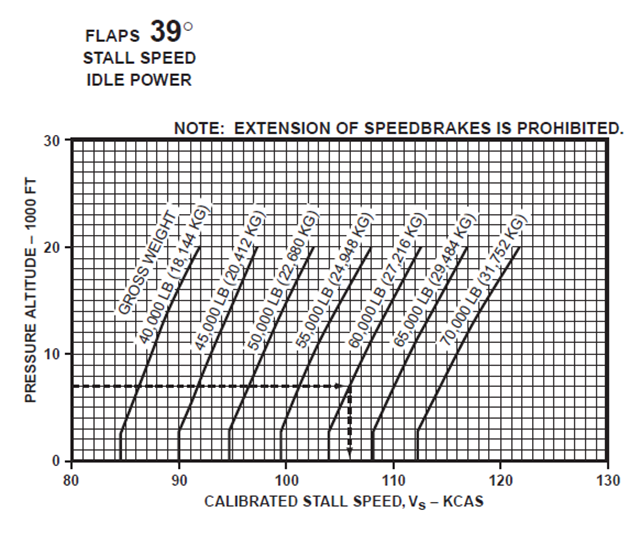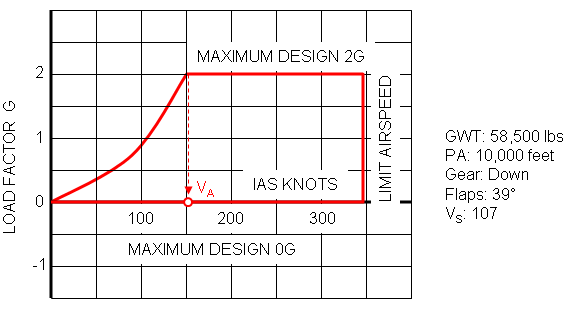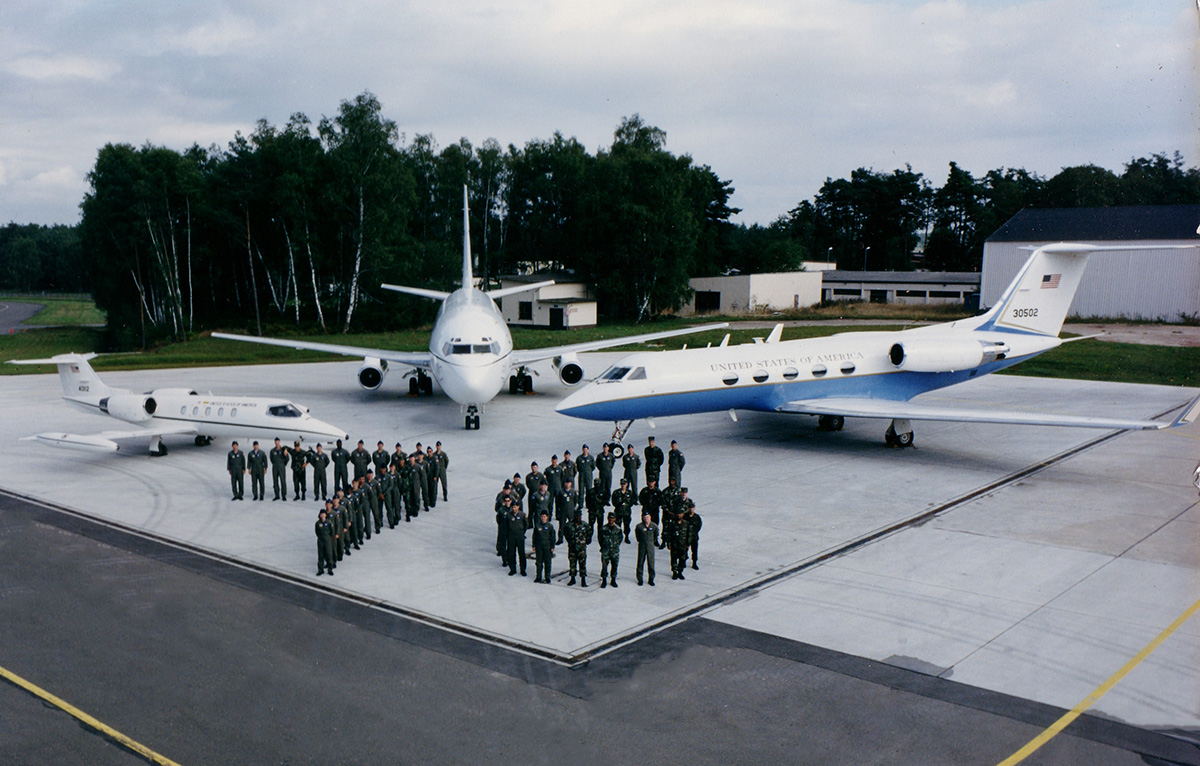"Cornering Speed," is from the domain of the fighter pilot and we airline / corporate types sometimes adopt the lexicon where we think it useful or simply macho. There is no cornering speed in your flight manual and that thing called VA, maneuvering speed, probably isn't what you think it is. For more about what it really is, see Operating Flight Strength and VA.
— James Albright
At Least They Aren't Shooting At Us
They strapped me into the jump seat of a combat C-130 to see how the pros do it. Apparently the pros fly into a hostile airport with electronic countermeasures to fool the incoming missiles, flares if that doesn’t work, chaff if that doesn’t work, fire suppressant foam in the fuel tanks if that doesn’t work, Kevlar-lined cockpits if that doesn’t work, and everyone gets a flak vest and helmet. “Very reassuring,” I said to the crew as they looked for my approval.
“We hope it helps, sir.”
I spent the next month planning combat ops for my squadron and there was no doubt I would fly the first mission. Our Gulfstreams had none of that counter-threat stuff, the only thing we had going for us was that we were relatively quiet and fast.
The intelligence shop was most concerned about a surface to air missile battery on the approach path, we had to fly an approach angle of at least eight degrees to beat it. Could we do that? One test flight and we discovered the airplane could do that in one configuration only: gear and flaps down, 170 knots. That same angle would beat the AAA too. As it turns out, we could beat the same angle on departure. So the only question left was how to best maneuver the aircraft if we were fired on? A ridiculous thought, but it was a ridiculous situation.
The Gulfstream manual said VA—maneuvering speed—was 206 knots. But it didn’t say what configuration or weight that would be based on. To the engineer, VA allows the pilot to use full control deflection without damaging the aircraft. To a pilot, VA allows full maneuverability without threat of stalling or overstressing the aircraft. It is a good number to know, but Gulfstream only gave us the number in one configuration. Most Gulfstream pilots think this number is carved in stone, it is 206 knots, period. Then you ask them for the definition to which they mumble something about the speed the airplane cannot stall or be overstressed. Then you ask, "doesn't stall speed vary with weight, configuration, and altitude?" That's when you get the blank stare.
I knew, even then, that 206 knots was a lie. I headed back to my aero textbooks which told me I had to build a V-G diagram. I hadn’t done that since college.
The V-G diagram plots available G—acceleration forces—versus speed. The first step to building one is getting the stall speed of the aircraft in 1 G flight.
Turning this chart into maneuvering speed involved some slight of hand: taking the formula for lift, substituting GW—gravitational forces times weight—of course you end up with a few messy terms that you aren’t going to get from any pilot’s aircraft manual.
By using two versions of the same formula, one for the stall speed at 1G flight, call it VS(1G), and a second for generic stall speed, VS, you can divide them and end up with pure elegance:
Knowing the G-limit of the aircraft is 2.5 in a clean configuration—gear and flaps up— I could, working the formula backwards, find the stall speed Gulfstream was using for VA maneuver speed:
Using the clean configuration stall chart, I could see VA maneuvering speed was obtainable at 65,000 lbs gross weight and 8,000 feet pressure altitude. While this was useful information, it wouldn’t help me flying into Sarajevo gear and flaps down, or departing clean at a lower weight. Building three V-G diagrams would give me the answers I needed. First, I would build a V-G diagram to replicate the operating manual’s VA.
What a fighter pilot would call “cornering speed” comes from the corner of the V-G diagram where “available G” meets the positive G-Limit. This gives the maneuvering pilot the freedom to yank and bank without fear of exceeding a stress limit on the aircraft or stalling it.
By changing the G in the VS / VS(1G) equation, I could find cornering speed for other configurations. Our takeoff out of Sarajevo would be made at 58,000 lbs, assuming we landed at 58,500 lbs which is maximum landing weight. Using an average pressure altitude on departure of 10,000 feet, our stall speed would be 124 knots.
The formula rewritten to find VS for these conditions will yield our new maneuvering speed VA:
VS = VS (√G ) = 124 √ (2.5) = 196
So we knew that on departure, if we needed to “yank and bank,” the optimal speed would be 196 knots. For approach and landing, we needed another chart:
In order to fly beyond the surface to air missile envelope, we needed to fly an usually steep angle only obtainable with a fully configured aircraft: gear down and flaps 39 degrees. Using an average approach pressure altitude of 10,000 feet and weight of 58,500 lbs, our stall speed would be 107 knots. In this configuration, the aircraft was limited to 2.0 positive Gs and 0 negative Gs. The new maneuvering speed would be:
VS = VS (√G ) = 107 √(2.0) = 151
This was a dramatic change from the published 206 knots. We changed our operating rules into Sarajevo to note best maneuvering was at 150 knots on approach and 200 knots on departure.
Photo of the Air Force's first combat rated airlift squadron:
Postscript
Six years later, American Airlines 587 crashed on departure from New York JFK when the pilot made several rudder reversals and overstressed the vertical fin. Aircraft manufacturers started adding caveats to the rules on VA maneuvering speed. Some companies, including American Airlines, started to de-emphasize the importance of maneuvering speed. One of the required simulator check ride requirements still used today are the ability to recover from an unusual attitude. Knowing VA is still an important tool in every pilot’s arsenal.

When recovering from an unusual attitude, wind shear, or anytime maximum maneuverability is needed, the closer the airplane is to VA maneuvering speed, the better.
Sixteen years later, flying another, heavier, Gulfstream, the published VA is still 206 knots. Armed with the formula, however, I now know a range of maneuvering speeds:
| Gulfstream G-450 Maneuvering Speed (Sea Level) | |||
| Gear | Flaps | Weight | VA |
| Down | 39 | 50,000 lbs | 139 knots |
| Up | 20 | 74,600 lbs | 174 knots |
| Up | Up | 70,000 lbs | 206 knots |

